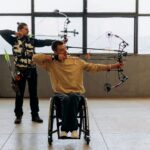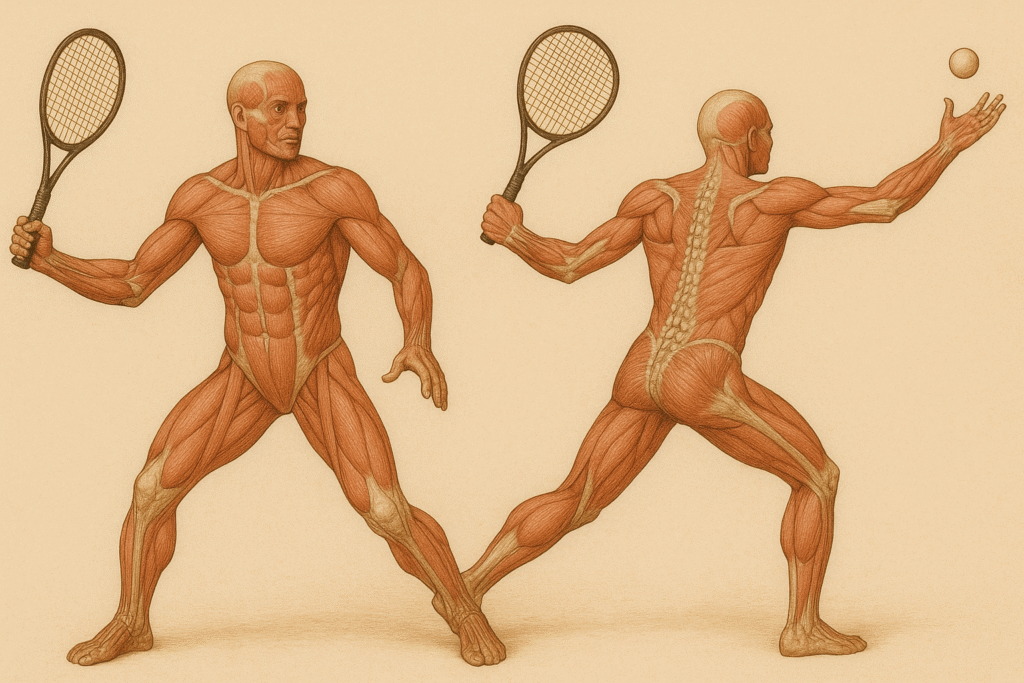The 3 Ambitions: Skill, Health, and Return

Performance
Tennis demands a lot of our bodies, and enhancing our physical conditioning opens the gate to improved skill.

Stay Healthy
Injuries happen, but most are preventable. Learn how to reduce your risk of injury, and enhance your resistance.

Getting Back…
Injuries, whether on the court or off, are sometimes unavoidable. Getting back on the court takes time, and a good system!
Certified Tennis Performance Specialist (CTPS) Credential Information
The CTPS training is provided by the International Tennis Performance Association (iTPA) and is considered the gold standard certification for tennis fitness. This certification encompasses everything from developing a physical training program tailored to a professional tennis player’s schedule to conducting a specific needs analysis, providing insight into preventing injuries for sustainable play.
Since I have received my CTPS credential, I have: 1) rehabed recreational tennis players after overuse injuries or surgery, 2) served as a performance coach at a tennis club working with junior competitive athletes, and 3) educated physical therapists and fitness trainers on special considerations for enhancing care for tennis athletes of all levels.
Sport Specific Analysis
Required movements: squat, lunge, rotate, press, rotate…
Energy systems used: phosphocreatine, glycolytic, aerobic
Common tennis-specific injuries that can be prevented
Athlete Assessment
Chronological age and training age (years of experience)
Training status: beginner, intermediate, advanced
Specific goals: power, endurance, strength…
Physical Assessment
The 4 Elements: Motion, Force, Motor Control, Energy
– Motion: amount of mobility for each joint/muscle/nerve
– Force: size and output capacity of muscles/tendons
– Motor Control: the nervous system efficiency
– Energy: endurance of different body systems
Establish a Training Plan
What do I do?
– Specific exercise selection based on assessment
– Training load (intensity/effort)
– Training volume (reps & sets)
– Rest intervals
When do I do it?
– Training frequency (days/week)
– Order of exercises for each session
Periodization
Shifting training priorities for a program based on:
– Needs: needs change as you change
– Stress: tournaments, work, vacation, school, and life
– Progress: ensure consistent improvement
– Recovery
Assess Progress
Reassessing the 4 Elements
– Motion
– Force
– Motor Control
– Energy
A Lifetime Sport With Benefits… and Costs

Common Muscle / Tendon Injuries